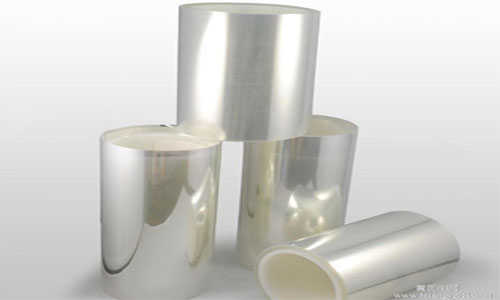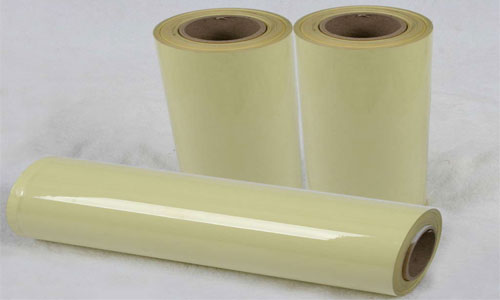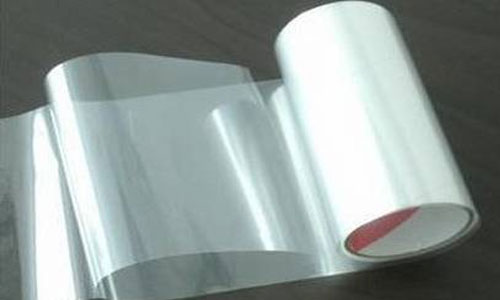Protective film is very common and familiar to everyone. It is mainly used as a material for screen and casing protection. In addition to being a die-cut product, the protective film can also be used as an auxiliary material for the production of other materials. It plays a protective role in the production of various materials and has a wide range of applications. The low price of the protective film also makes it one of the widely used factors.

There are many materials for die-cutting protective film. The most commonly used materials are PE, PET, and PVC. There are single-layer, double-layer, and three-layer PET protective films, and the specific use depends on the model. Each type of protective film is common and familiar to everyone. It is mainly used as a material for screen and casing protection. In addition to being a die-cut product, the protective film can also be used as an auxiliary material for the production of other materials. It plays a protective role in the production of various materials and has a wide range of applications. The low price of the protective film also makes it one of the widely used factors.
There are many materials for die-cutting protective film. The most commonly used materials are PE, PET, and PVC. There are single-layer, double-layer, and three-layer PET protective films, and the specific use depends on the model. Each type of protective film has different characteristics and uses.
Die-cutting protective film requires very strict handling.
Firstly, it requires processing in a Class 1000 cleanroom environment with first-class cleanliness.
Secondly, it requires low viscosity. After pasting, the change in adhesive force is small, and then it is peeled off to reduce the low contamination of the adhesive.
Thirdly, there must be no residual glue, and thick transparent PET substrate should be used as the production material, suitable for semi-punched.

During the processing, various problems are often encountered, and the processing of protective film is no exception.
For example, the protective film made of double-layer PET has the advantages of demoulding force, good quality, even glue coating, and clean adhesive layer, which is easy for die-cutting and processing, and will not change much after stamping. The protective film made of PE is mostly single-layer. Before die-cutting, it needs to be laminated with auxiliary materials (such as release paper) and then processed. At the same time, the PE protective film is relatively flexible, and shrinkage or elongation must be avoided during the bonding process. To reduce the scrap rate of die-cutting products of protective film, it is recommended to use the minimum size as the layout direction.
The protective film shrinks after punching holes.

After die-cutting the PE protective film, the product shrinks. This problem is often encountered in the die-cutting industry. The main reason for the die-cutting of PE protective film is lamination. As long as the tension in the lamination process is controlled or laminated twice, die-cutting can be performed, and the product size will not shrink significantly.
In addition to being used as a production product, the protective film can also be used as an auxiliary material in the production process, with a wide range of applications and low price. The main materials are PET, PE, and PVC. PET protective film is usually double-layered. This kind of protective film with release film has good quality, uniform glue coating, high cleanliness of the adhesive layer, easy processing, and little change after punching. High cleanliness is required in the processing environment.
The production of protective film is afraid of dirt and shrinkage, which are fatal to protective film. The former is caused by the production environment conditions and can be improved, while the latter is closely related to the materials. Just like static protective film made of PVC, its expansion and shrinkage size can reach 0.4-1mm. When pulling up the die-cut products, it will be found that the product shrinks in one direction and extends in another direction, and the proportion is not consistent. To solve this headache problem, at present, we must adjust the size of the die according to the characteristics of the protective film.
Summary of requirements for die-cutting and processing of protective film:
1. The most worrying thing about die-cutting and processing of protective film is dust, which is closely related to the production environment of the manufacturer. To produce clean and bright products, a dust-free workshop, or even a Class 100 and Class 1,000 dust-free workshop, is required.
2. After die-cutting and forming the protective film, it will expand or shrink when pulled or lifted. However, no better method has been found to solve this problem. The die can only expand and shrink according to the characteristics of the protective film, and the steel knife is magnified.
3. Summarizing the above two points, through the long-term efforts of die-cutting masters, the problem of shrinkage of die-cutting and processing products of protective film has been solved, and there is a preliminary plan: in fact, lamination is crucial. As long as you master the lamination of the film, or use secondary lamination, and then remove the punching, the shrinkage of the die-cutting product will not be so serious.
Die cutting protective film is an important process in various industries. However, there are some common problems that can arise during this process. Firstly, one common problem is uneven cutting. This can occur when the blade is not aligned properly or when there is excessive material resistance. To solve this issue, it is important to regularly check and adjust the blade alignment and ensure that the material being cut is properly supported.
Another common issue is adhesive residue on the surface of the cut film. This can happen when the adhesive is not evenly distributed or when the pressure applied during the die cutting process is not uniform. To prevent this problem, it is crucial to use high-quality adhesive products and ensure that the die cutting machine is properly calibrated.
Inaccurate registration is also a common problem in die cutting protective film. This occurs when the film is not properly aligned with the cutting pattern. To avoid this issue, it is important to carefully position the film on the cutting machine and use registration marks to ensure precise alignment.
Lastly, tearing or fraying of the protective film can occur during the die cutting process. This can happen when the blade is dull or when the material being cut is too thick. To overcome this problem, it is crucial to regularly sharpen the blades and select the appropriate thickness of the film for the cutting application.
By addressing these common problems and implementing proper measures, die cutting protective film can be carried out smoothly and efficiently, ensuring the desired results and optimal surface protection.
Mobile phone protective film may seem simple, but the production process is also complicated, and each link has stricter requirements, especially paying attention to the control of die-cutting process. Only high-quality die-cutting machines can produce high-quality products and reduce waste and save costs to some extent. If you want to learn more about technical issues related to die-cutting production or need help choosing a circular knife die-cutting machine, welcome to follow Industry Process and feel free to contact us. Fumart is always ready to serve you.
Contact: Pamela
Phone: +86 189 6365 3253
E-mail: info@industryprocess.com
Whatsapp:+86 189 6365 3253
Add: Yajing Industrial Park, No. 59 Shuangjing Street, Weiting Town, Suzhou Industrial Park
We chat
